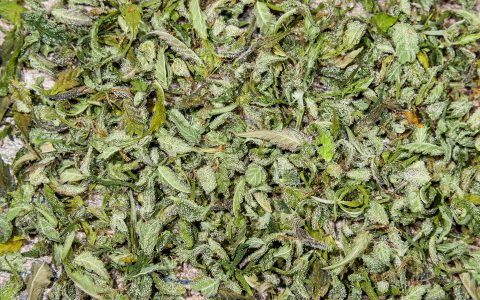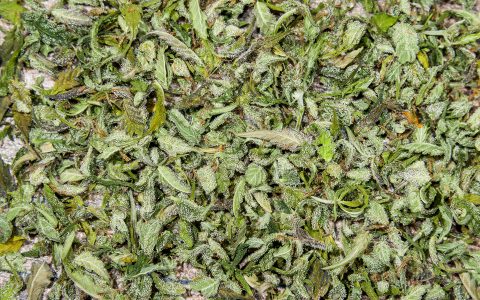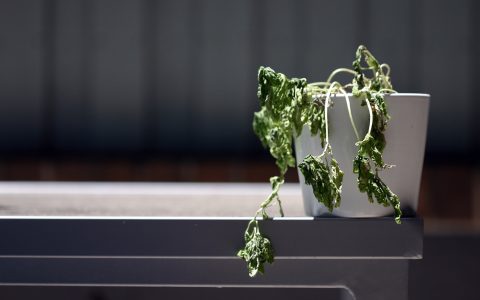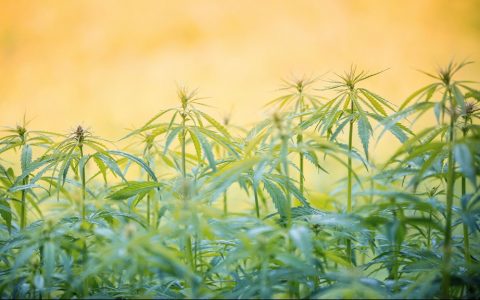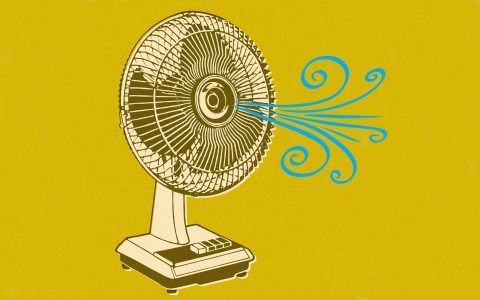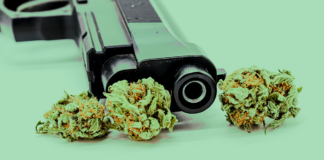There’s nothing worse than going through the months of time and labor to grow your own cannabis only to discover mold on it. But identifying mold on your cannabis can be harder than you think. It can usually be spotted by a trained eye, and it’s important to know the different kinds out there.
Just as you learn to identify mold on a piece of fruit, as a cannabis grower, it’s crucial to be able to identify it on your plants or cured end product and to remove it before it becomes a problem. It’s important to protect your own health and the health of those who might be consuming your product, to ensure that cannabis is safely enjoyed and celebrated.
Common Types of Mold
Here are some types of mold that you’ll most likely come across if you’ve spent a bit of time growing cannabis.
Powdery Mildew
Powdery mildew, or PM (image above), resembles a light dusting on your leaves or buds. It can pop up rapidly and will spread throughout your garden quickly if nothing is done. PM loves to develop on plants that are feeling a bit unhealthy and it will thrive without quality airflow in your garden.
To an untrained eye, PM might appear to look like young trichomes. If you suspect PM, use a magnifying glass to examine your buds—you’ll see a stark difference between the white mold and the beautiful trichomes surrounding it. If you see it, it’s best to discard the buds and leaves right away, both because you won’t want to ingest that mold and to prevent it from spreading further.
Grey Mold (Botrytis)
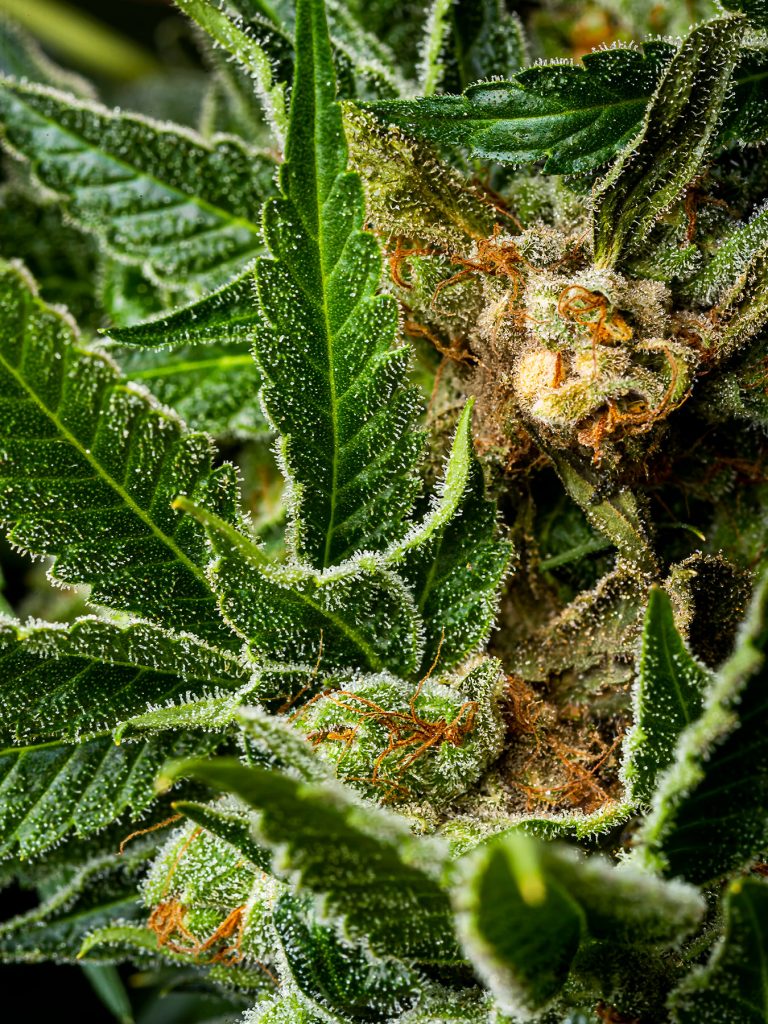 Grey Mold (botrytis) on cannabis buds. (Aaron Rogosin for Outer Elements Photography)
Grey Mold (botrytis) on cannabis buds. (Aaron Rogosin for Outer Elements Photography)
Grey mold will develop inside your buds and grow out if there is too much moisture trapped inside the growing colas. Telltale signs of mold in your buds is dying leaves on the outside or a cola that has gone limp. If you spot these symptoms, waste no time investigating the problem by pulling aside buds and peeking inside the cola.
If you see mold, chop off the cola and remove it from your garden. Because it is caused by moisture buildup, it doesn’t necessarily spread like PM, so you may be able to save the rest of the plant. But be sure to inspect the rest of the plant for it.
Mold will commonly occur in outdoor gardens after a heavy rainfall, especially toward the end of the season when buds are large and dense.
To spot mold in your cured product, keep an eye out while you break apart buds. You should be able to clearly identify it on the inside of buds; discard when you find it.
How Mold Occurs and How to Prevent It
Molds are fungi that develop in warm, damp, and humid conditions. They develop from spores, which travel through the air, unseen to the naked eye. Mold is actually important in the ecosystem because it breaks down dead plant material, but you don’t want it on your buds.
Mold can develop on cannabis because of issues with:
- Humidity
- Airflow
- Temperature
- Plant health
Any one or combination of these factors can create an environment suitable for mold to develop on your buds.
Indoor Prevention
The best way to prevent mold growth is to ensure a consistent climate in your grow room. Using fans, dehumidifiers, temperature control systems, and ventilation, you can keep the humidity down, the airflow up, and the temperature consistent. This will create a stable environment and increase the overall health of your plants.
Other ways to reduce the chances of mold in your garden include:
- Pruning your plants
- Spacing your plants properly
- Watering/feeding your plants appropriately
Pruning and spacing will increase airflow through your canopy, which helps reduce humidity. If you overwater your plants, this will increase the humidity level, as plants will be unable to absorb water, making it evaporate into the air and stay in the room. Under or over feeding your plants nutrients will weaken their immune systems and make them more prone to attack from molds.
Outdoor Prevention
When growing outdoor, you’re more limited in how to protect your garden from mold without the ability to control the climate. Appropriate spacing, pruning, and feeding are essential to protecting your crop.
When plants are in their final homes—either final containers or in the ground—stake, cage, or trellis the plants accordingly as they develop, to keep branches spaced equally, allowing air to flow freely and evenly throughout the canopy. Additionally, pruning the bottoms and insides of your plants is especially important outdoors, to allow air to flow underneath the canopy.
If growing out in the open, after heavy rains, some gardeners choose to shake their plants to get standing water off them. It is also common to check for broken branches and remove any dead foliage that may be saturated with moisture, which is an ideal habitat for mold development.


